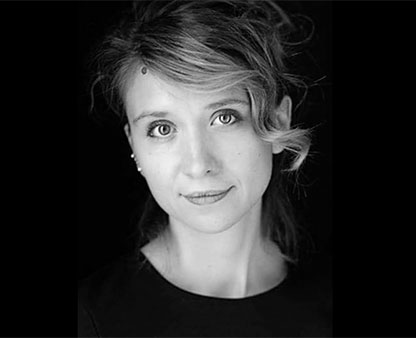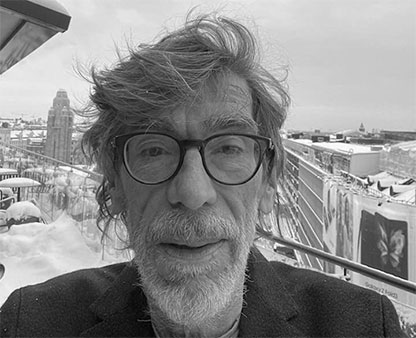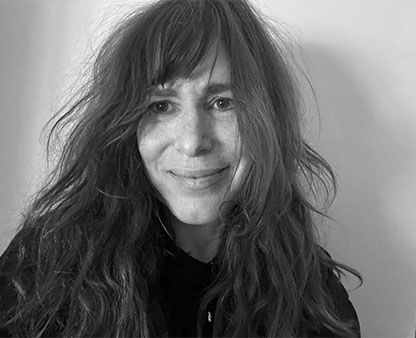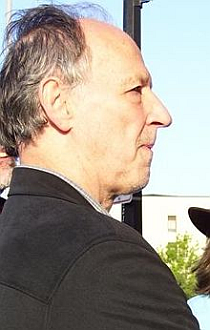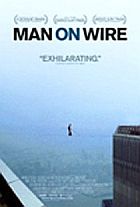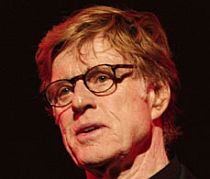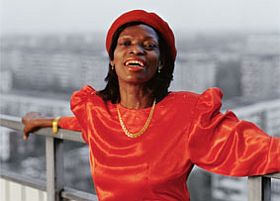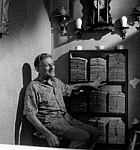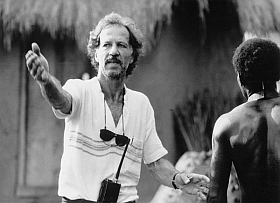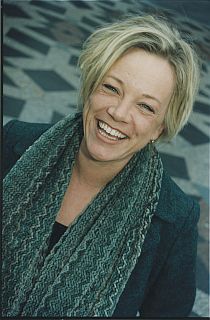Når man som jeg lever fjernt fra biografer, er man nødt til at tage sagen i egen hånd. Og jeg er både bestyrtet og lykkelig over, hvad dvd-udgivelsernes voksende mængde gør ved mine muligheder. Jeg må tænke mig om, begrænse mig, lægge en plan. Og den er lige nu: én instruktør om måneden. En af de store. Og Werner Herzog er så blevet denne måneds navn her hos mig.
Jeg begynder simpelt hen med hans biografi, som Paul Cronin i sin bogs forord skriver den så minimalt og elegant: “Det meste af, hvad man har hørt om Werner Herzog er usandt. Mere end om nogen anden instruktør, nulevende eller afdød, er antallet af falske rygter og lodrette løgne, som er spredt om denne mand og hans film forbløffende.” Og efter research og lange interviews, hvor han prøver at finde huller i Herzogs argumentation og modsigelser i hans udtalelser konkluderer Cronin: “… at enten er han mesterløgner eller mere sandsynligt, han har hele tiden fortalt sandheden.” Og han fortsætter:
“Heldigvis er der nogle basale kendsgerninger, som er indiskutable. Han blev født i München i Tyskland i 1942, og som barn levede han i Sachrang, en afsides bjerglandsby i nærheden af den østrigske grænse. Han begyndte at rejse til fods i fjorten års alderen og havde sin første telefonsamtale, da han var sytten. For at finansiere sine tidlige film arbejdede han, samtidig med han gik i skole, på et stålværk som svejser på natskiftet. Det resulterede i “Herakles” fra 1961. Han instruerede fem spillefilm med Klaus Kinski, og Francois Truffaut kaldte ham engang den vigtigste levende filminstruktør. Men nota bene, han instruerede ikke Kinski fra bag kameraet med en riffel i hånden. Han satte ikke nogens liv på spil under optagelserne til “Fitzcarraldo”. Han er ikke sindssyg, heller ikke excentrisk…”
Når man som jeg lever fjernt fra biografer, er man nødt til at tage sagen i egen hånd. Og jeg er både bestyrtet og lykkelig over, hvad dvd-udgivelsernes voksende mængde gør ved mine muligheder. Jeg må tænke mig om, begrænse mig, lægge en plan. Og den er lige nu: én instruktør om måneden. En af de store. Og Werner Herzog er så blevet denne måneds navn her hos mig.
Jeg begynder simpelt hen med hans biografi, som Paul Cronin i sin bogs forord skriver den så minimalt og elegant: “Det meste af, hvad man har hørt om Werner Herzog er usandt. Mere end om nogen anden instruktør, nulevende eller afdød, er antallet af falske rygter og lodrette løgne, som er spredt om denne mand og hans film forbløffende.” Og efter research og lange interviews, hvor han prøver at finde huller i Herzogs argumentation og modsigelser i hans udtalelser konkluderer Cronin: “… at enten er han mesterløgner eller mere sandsynligt, han har hele tiden fortalt sandheden.” Og han fortsætter:
“Heldigvis er der nogle basale kendsgerninger, som er indiskutable. Han blev født i München i Tyskland i 1942, og som barn levede han i Sachrang, en afsides bjerglandsby i nærheden af den østrigske grænse. Han begyndte at rejse til fods i fjorten års alderen og havde sin første telefonsamtale, da han var sytten. For at finansiere sine tidlige film arbejdede han, samtidig med han gik i skole, på et stålværk som svejser på natskiftet. Det resulterede i “Herakles” fra 1961. Han instruerede fem spillefilm med Klaus Kinski, og Francois Truffaut kaldte ham engang den vigtigste levende filminstruktør. Men nota bene, han instruerede ikke Kinski fra bag kameraet med en riffel i hånden. Han satte ikke nogens liv på spil under optagelserne til “Fitzcarraldo”. Han er ikke sindssyg, heller ikke excentrisk. Hans arbejde er ikke forankret i den tyske romantiks tradition. Og han lider ikke af storhedsvanvid. Snarere er han et yderst venligt, generøst og beskedent menneske, som blot er velsignet med en ekstraordinært visionær og intuitiv intelligens. Dertil en barsk humor, som kan efterlade tilhøreren på aldeles glat is…”
Anledningen til at beskæftige sig med Herzog lige nu er den flotte dvd-boks, som filmbutikkerne sælger, og som bare er lokkende, filmserien, den store retrospektive, i Paris, som gør mig misundelig, Lars Movins artikel i Kosmorama, som er respektindgydende og så min mandagshøjskole og filmklubaften denne måned i FOF-Randers.
Litt.: Paul Cronin, ed.: Werner Herzog: “Herzog on Herzog”, London 2002. Lars Movin: “Bogholdersandhed versus poetisk sandhed” i Eva Jørholt m.fl., red.: “Kosmorama 242/2008”.
HERZOGKINSKI, a Film Legacy. DVD-boks med de seks Kinski-film. Anchor Bay Entertainment UK, 2004. Tysk/engelske versioner af filmene. Kan købes i Filmhusets boghandel.
